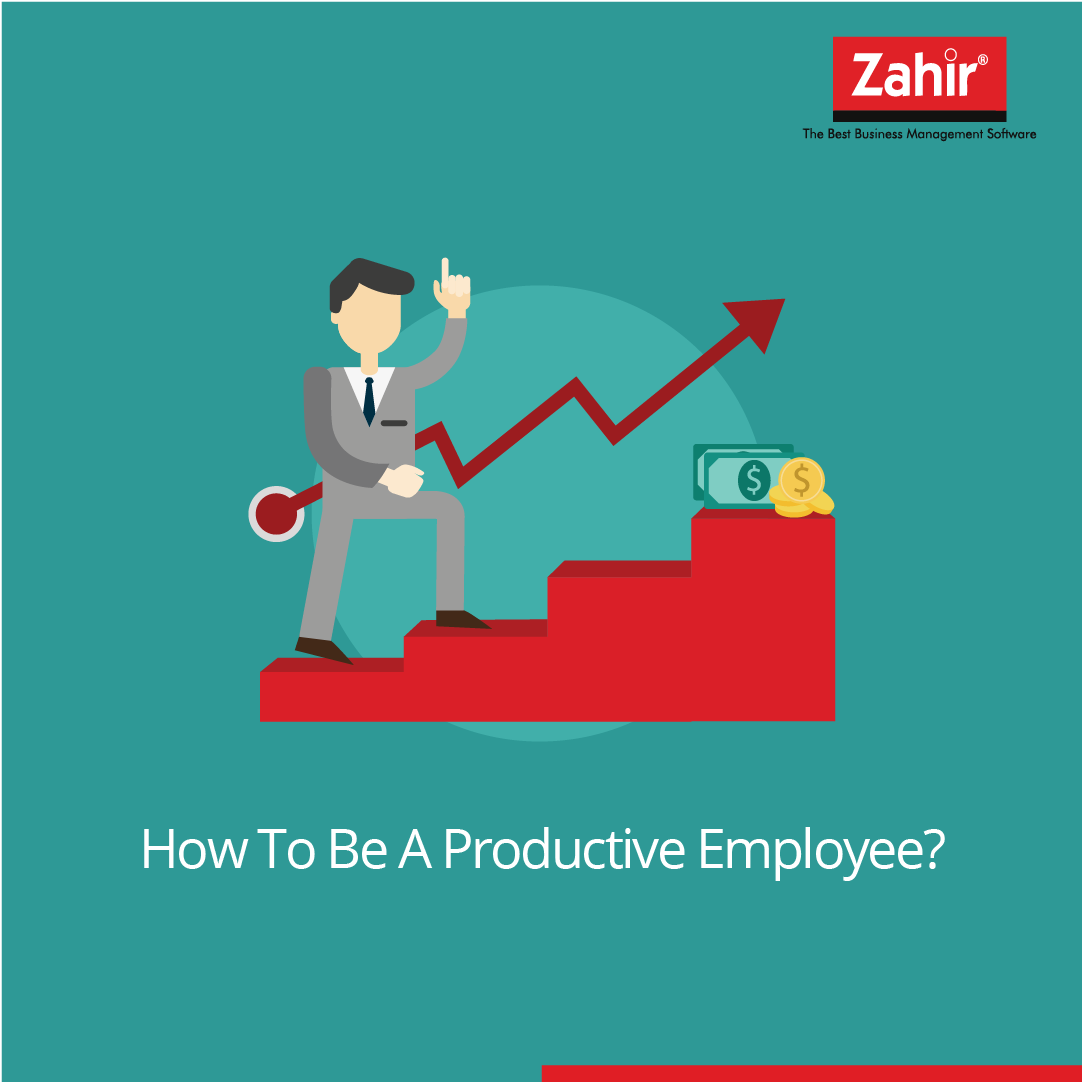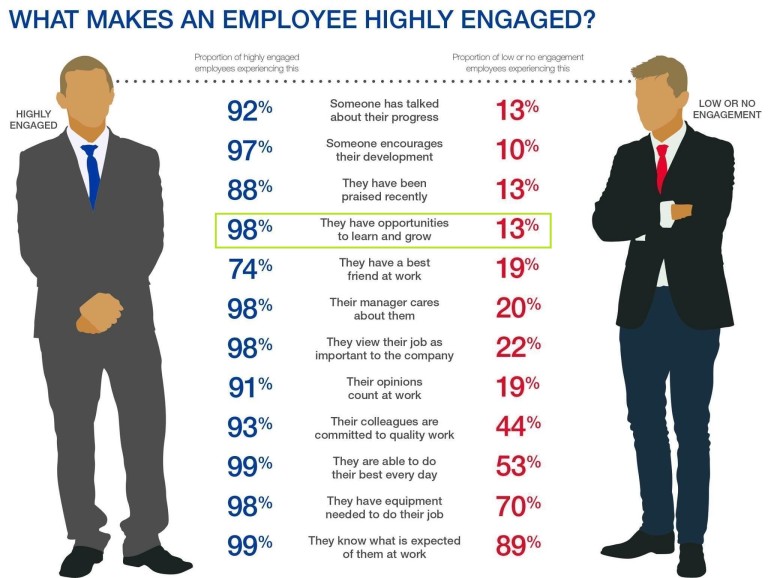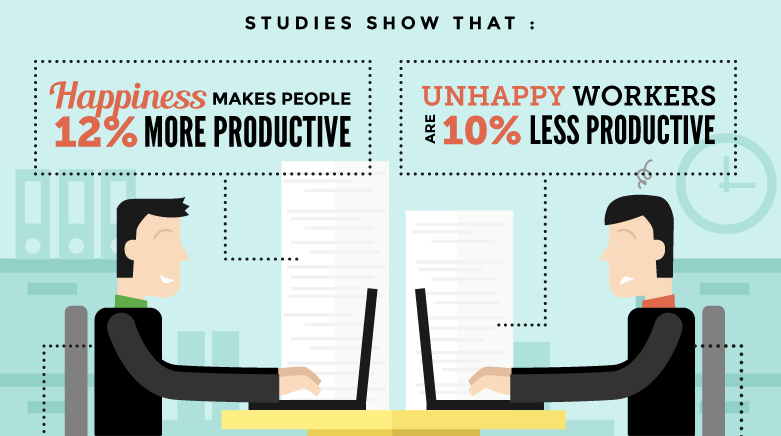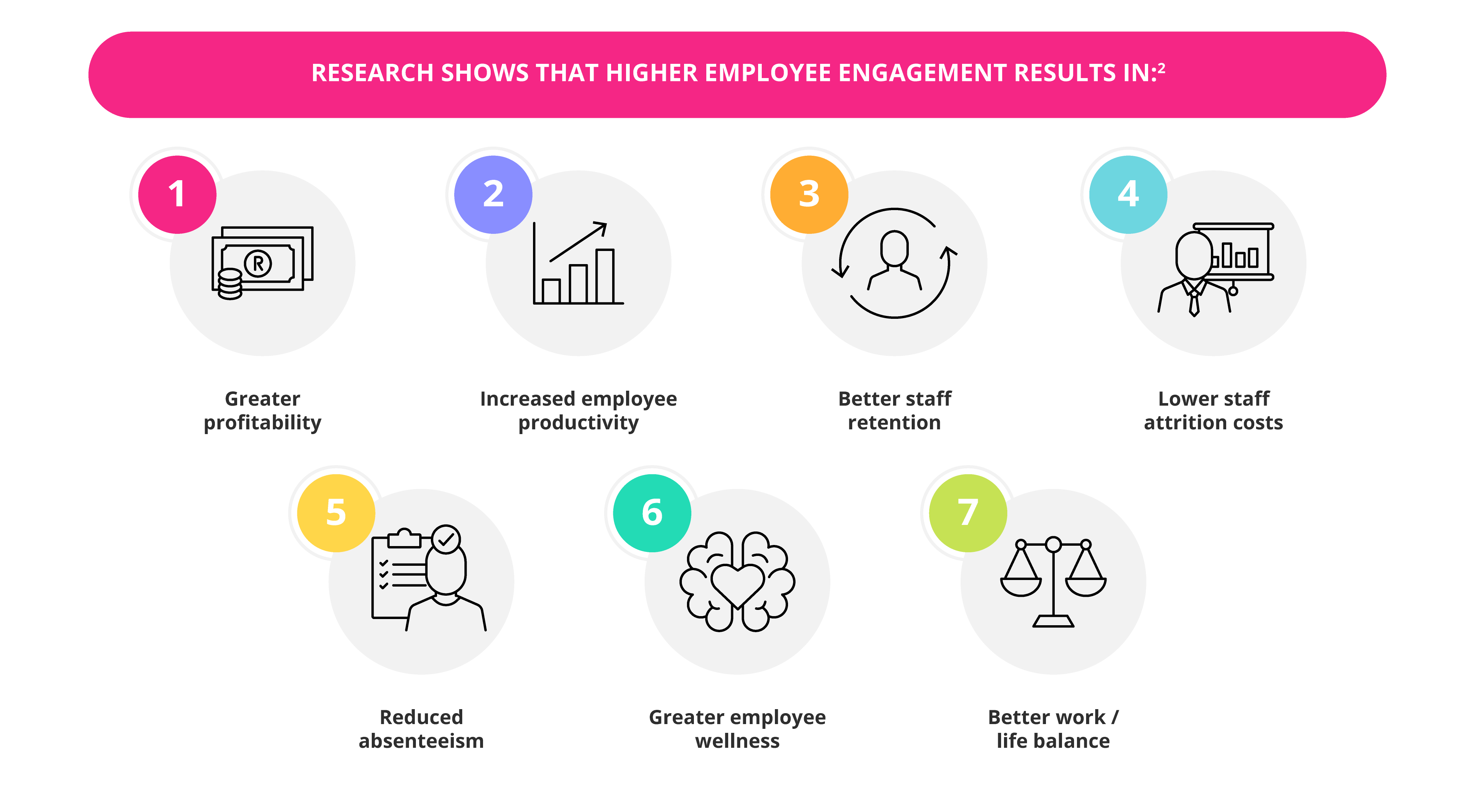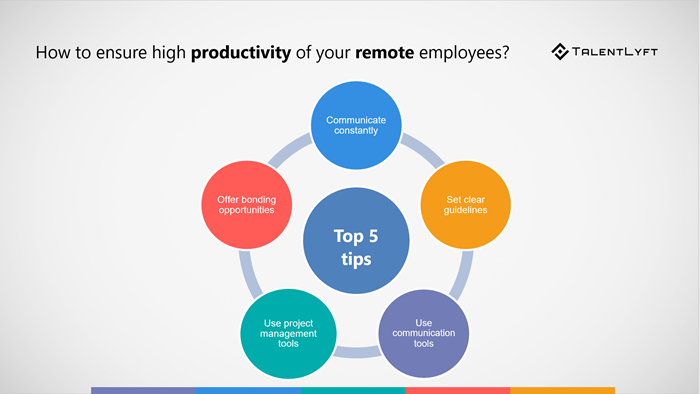Wonderful Tips About How To Be A Productive Employee

Here are some top tips on how you can become a super productive remote employee.
How to be a productive employee. Instead of depending on managers or supervisors for direction, the high performer. Herzberg two factor theory of motivation. Productive employee that no employer ever wants to lose you!
According to a study by the saïd business school of oxford university, employees who are happy at work are, on average, 13% more productive. By giving your employees realistic and attainable objectives that are clear and can be tackled in stages, you can set the pacing for productivity culture in your workforce. Make sure to thank them for their hard work as you work on your communication.
Work through a reasonable quantity of tasks by not focusing too much time on one thing and meeting. A few popular measurements of employee productivity are quantitative, service productivity, objectives, time management, profit and quality of work. Here are 14 tips on how to reduce employee turnover at your organization.
A powerful way to engage employees and boost productivity is to have better internal communication. As an employer, maintain a clear vision for your company. Effective communication practices can have a tremendous influence.
The situation is similar at google, where sundar. Metrics are units of measurement assigned to a variable or a group of variables. So i’ve outlined a few points that employees need to meet to be productive:
Lay out a clear career path. 7 traits of supremely productive employees 1. Take employee retention steps on the first day.
Listening to enjoyable music at lunchbreak represented an intrinsically motivating activity and allowing individuals to restore their energy in the form of renewed enthusiasm and. To avoid low productivity and improve employee time management, follow these tips. The first step to measuring employee productivity is defining metrics you will use to track performance.
Frederick herzberg, a behavioural scientist, proposed a theory in 1959.
